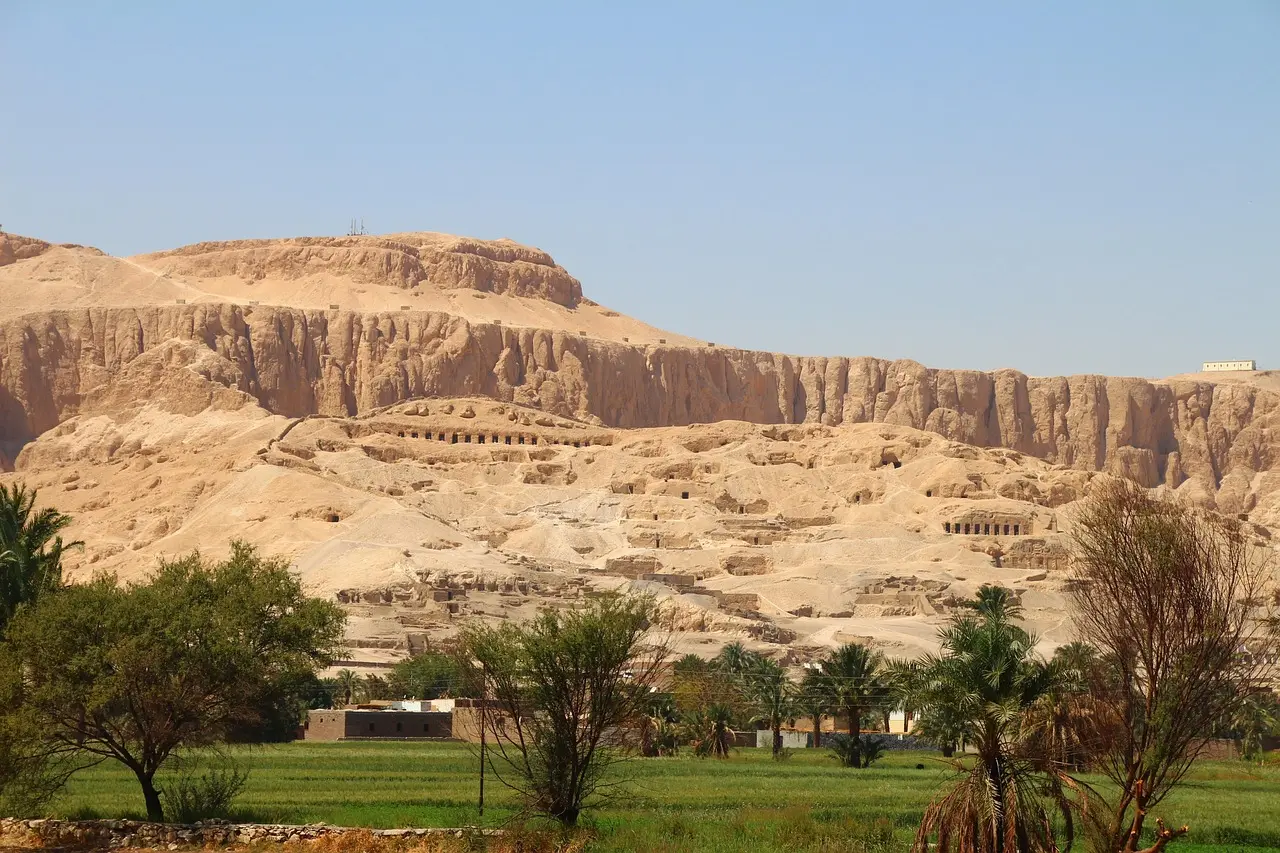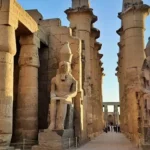The Valley of the Kings: A Complete Guide to Egypt’s Legendary Burial Site
The Valley of the Kings is one of the most significant archaeological sites in the world, serving as the burial ground for Egypt’s New Kingdom pharaohs (1539–1075 BCE). Nestled on the west bank of the Nile near Luxor, this UNESCO World Heritage Site has fascinated historians, archaeologists, and travelers for centuries. With over 60 discovered tombs, including that of the famous King Tutankhamun, The Valley of the Kings offers a unique glimpse into ancient Egyptian beliefs about death and the afterlife.
In this comprehensive guide, we’ll explore:
✔ The history and significance of The Valley of the Kings
✔ The most famous tombs and their discoveries
✔ The latest archaeological findings
✔ Practical tips for visiting
✔ How The Valley of the Kings compares to other Egyptian burial sites
By the end, you’ll have all the information needed to appreciate this ancient wonder—whether you’re planning a visit or simply exploring from home.
1. The History and Significance of The Valley of the Kings
Why Was The Valley of the Kings Chosen as a Burial Site?
During the New Kingdom, pharaohs moved their burial grounds from pyramids to hidden valleys to protect their tombs from grave robbers. The Valley of the Kings was selected for several reasons:
- Geographical Seclusion: The valley’s natural barriers made it difficult for thieves to access.
- Religious Symbolism: The west bank of the Nile was associated with the setting sun and the afterlife.
- Pyramid-Like Peak: The mountain above the valley resembled a pyramid, linking it to royal burials.
The Decline and Rediscovery of The Valley of the Kings
After the New Kingdom, many tombs were looted, and the site was largely forgotten until European explorers began excavations in the 18th century. The most famous discovery was Tutankhamun’s tomb (KV62) by Howard Carter in 1922, which sparked worldwide interest in Egyptian archaeology.
2. The Most Famous Tombs in The Valley of the Kings
A. Tomb of Tutankhamun (KV62)
- Discovery: Found in 1922 by Howard Carter.
- Significance: The only nearly intact royal tomb ever discovered.
- Treasures: The golden death mask, chariots, and over 5,000 artifacts.
- Curse Myth: Legends of a “pharaoh’s curse” arose after early deaths of some expedition members.
B. Tomb of Ramses VI (KV9)
- Features: One of the largest and most beautifully decorated tombs.
- Astronomical Ceiling: Depicts the sky goddess Nut and star maps.
- Historical Impact: Later explorers used this tomb as a shelter, leaving graffiti from ancient Greek and Roman times.
C. Tomb of Seti I (KV17)
- Discovery: Found by Giovanni Belzoni in 1817.
- Artistic Masterpiece: Known for its vibrant colors and detailed reliefs.
- Length: Over 137 meters, making it the longest tomb in the valley.
D. Tomb of Thutmose III (KV34)
- Hidden Location: High in the cliffs, accessible only by a steep climb.
- Unique Decor: Features a simple, early style of hieroglyphs known as the “Book of the Dead.”
3. Recent Archaeological Discoveries
Despite centuries of exploration, The Valley of the Kings continues to reveal new secrets:
A. New Tomb Discoveries
- KV63 (2005): A storage chamber with embalming materials.
- KV65 (2018): Potential new tomb detected via radar scans.
B. High-Tech Exploration
- LIDAR Scanning: Helps map hidden chambers.
- DNA Analysis: Used to study mummies like those of Tutankhamun’s family.
C. Conservation Efforts
- Climate Control: Some tombs are periodically closed to prevent damage from humidity.
- Digital Reconstructions: 3D models allow virtual tours without harming the originals.
4. The Valley of the Kings vs. Other Egyptian Burial Sites
| Site | Period | Key Features |
|---|---|---|
| The Valley of the Kings | New Kingdom (1539–1075 BCE) | Hidden tombs, elaborate decorations |
| The Pyramids of Giza | Old Kingdom (2686–2181 BCE) | Massive stone pyramids, Sphinx |
| The Valley of the Queens | New Kingdom | Tombs of queens and princes |
| Saqqara Necropolis | Various periods | Step Pyramid, animal catacombs |
Why is The Valley of the Kings unique?
✔ More concentrated royal burials than any other site.
✔ Better-preserved artwork due to limited exposure.
✔ Ongoing discoveries keep it in the global spotlight.
5. Visiting The Valley of the Kings: A Practical Guide
Best Time to Visit
- Season: October–April (cooler weather).
- Time of Day: Early morning or late afternoon to avoid crowds.
Ticket Information
- General Admission: Covers 3 tombs (excluding Tutankhamun’s).
- Extra Tickets: Tutankhamun (KV62), Seti I (KV17), and Ramses VI (KV9) require separate fees.
Photography Rules
- No Flash: To preserve ancient pigments.
- Camera Pass: Available for an additional fee.
Nearby Attractions
- Temple of Hatshepsut
- Colossi of Memnon
- Luxor Temple
6. The Future of The Valley of the Kings
With new technologies, archaeologists believe more tombs—possibly even those of Nefertiti or Ramses VIII—could still be hidden. Sustainable tourism and digital preservation will play key roles in protecting this ancient treasure for future generations.
Conclusion
The Valley of the Kings remains one of Egypt’s most awe-inspiring destinations, offering unparalleled insights into ancient burial practices, artistry, and royal legacy. Whether you’re an archaeology enthusiast or a casual traveler, this legendary site promises an unforgettable journey through history.



